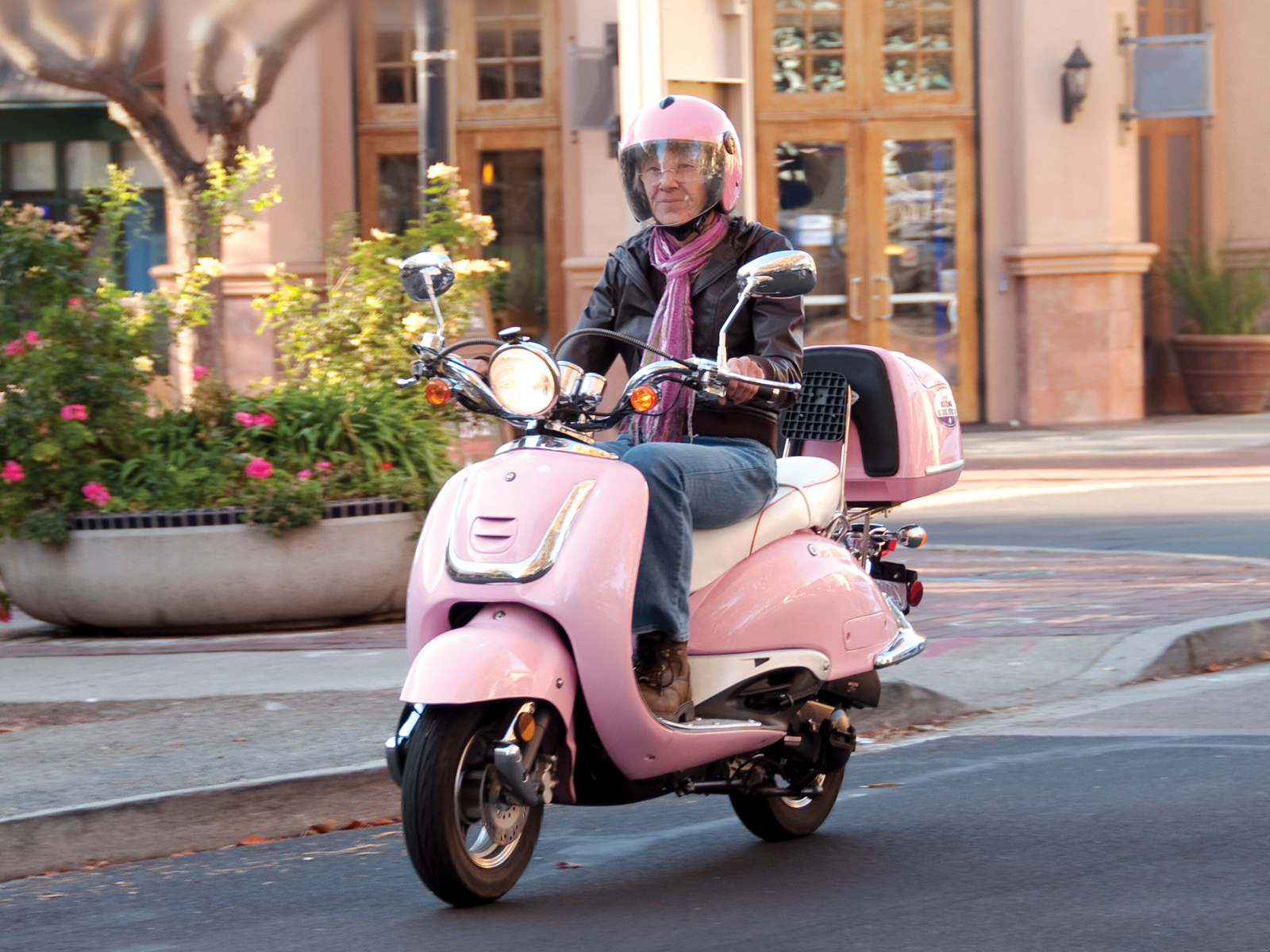Do Canadians value their independence? The answer is a resounding “yes”
A study conducted in Victoria, B.C. found that seniors – even those who have chronic illnesses or disabilities – prefer to remain as self-reliant as possible. This means taking care of daily tasks, such as shopping, cleaning and meal preparation themselves. They also prefer to fend for themselves when it comes to minor health issues, such as headaches and colds. Many of the 1,000 Victoria-area seniors studied noted that they had, or would be willing to, alter their living environment in some way to make it easier to care for themselves. While many need to lean on family, volunteers or health care professionals to help them cope, they would prefer this to be a support, rather than a substitute, for self-care. (Source: University of Victoria Centre on Aging)
Independent living describes housing in privately owned or rented houses, apartments, cooperatives, townhouses, and Condominiums with or without design and quality of life adaptations. Here are a few more ideas that might be workable.
In-Law Apartments and Suites: An in-law apartment, also known as a “granny flat”, is typically attached to or built inside another home. It may have its own appliances, along with separate kitchen and bathroom facilities. Many have private entrances as well. For many adult children, in-law apartments can be a suitable solution when a parent or relative is unable to live alone or would prefer not to live alone. This option allows for multi-generational activities and even home care services on an as needed basis not yet ready to move into a retirement residence or home care.
- Moving to a smaller house or condo: Downsizing can offer affordable, safe and easy-care living. Pride in ownership of property is retained, but the maintenance work and worries related to a larger home can be reduced.
- Retirement apartment: Apartment complexes with one-bedroom or two-bedroom units designed for the elderly exist across Canada. Some are subsidized for individuals who qualify (usually income based). Activity and leisure programs are included, and many have other useful services, such as buses to local shopping or health professionals who visit regularly.
- Retirement community: These are more comprehensive than retirement apartments, and usually contain a variety of housing (from apartment to townhouses). They can offer additional features, such as meal or maid services. Many of these communities are designed to offer expandable levels of care. For example, as a person loses independence or becomes frail, medical or nursing assistance can be made available. These communities tend to be privately operated (although some are subsidized). Some require an upfront financial investment as well as regular fees. Many of these, especially in urban areas, have a waiting list.
- Mobile Homes: This type of housing provides a quite inexpensive way to enjoy community living. Mobile homes available today are modern and practical as well as convenient. In addition, residents often share community recreation facilities, gardens and security services. Units are small and easy to maintain.
• Condominiums or Cooperative Rentals: A good alternative, if your parents like the idea of having their own home but don’t want to have to worry about the upkeep. In exchange for dues or fees, a condominium association takes care of worrisome maintenance (snow removal/lawn care), provides shared recreation facilities and, often, private bus services to shopping malls and recreational areas.
• Co-operative Ownership: A relatively new concept, this option involves buying a portion of a residential property with others people you may or may not know. Owners share services common areas and in an idea situation become social companions.













